Health Trends Favoring Protein-Rich Foods
The canned tuna market is positively impacted by health trends that favor protein-rich foods. As consumers become more health-conscious, the demand for high-protein options continues to rise. Canned tuna, being a lean source of protein, aligns well with dietary preferences that emphasize protein intake for muscle maintenance and weight management. In 2025, it is projected that the market will see a 15% increase in sales attributed to this health trend. The canned tuna market is thus well-positioned to capitalize on this growing interest in protein-rich diets, appealing to fitness enthusiasts and health-focused consumers alike.
Expansion of Retail Channels and E-commerce
The canned tuna market benefits from the expansion of retail channels and the growth of e-commerce platforms. With the increasing prevalence of online shopping, consumers have greater access to a variety of canned tuna products. In 2025, online sales are expected to account for approximately 20% of total canned tuna sales in the US. This shift allows consumers to explore different brands and product offerings, enhancing market competition. The canned tuna market is thus adapting to this trend by optimizing online presence and distribution strategies, ensuring that consumers can easily find and purchase their preferred products.
Rising Demand for Convenient Protein Sources
The canned tuna market experiences a notable increase in demand for convenient protein sources, particularly among busy consumers seeking quick meal solutions. As lifestyles become more fast-paced, the appeal of canned tuna, which offers a ready-to-eat option, grows. In 2025, the market is projected to reach approximately $1.5 billion, reflecting a compound annual growth rate (CAGR) of around 4.5% from previous years. This trend is particularly pronounced among millennials and working professionals who prioritize convenience without compromising on nutrition. The canned tuna market is thus positioned to benefit from this shift, as consumers increasingly opt for products that align with their on-the-go lifestyles.
Innovative Product Development and Flavor Varieties
The canned tuna market is experiencing a surge in innovative product development and flavor varieties, catering to diverse consumer preferences. Manufacturers are introducing new flavors and formulations, such as spicy, herb-infused, and gourmet options, to attract a broader audience. This trend is particularly appealing to younger consumers who seek unique culinary experiences. In 2025, it is anticipated that flavored canned tuna products will account for nearly 25% of total sales in the market. The canned tuna market is thus evolving to meet these changing tastes, enhancing its appeal and driving growth through product diversification.
Increased Awareness of Sustainable Fishing Practices
The canned tuna market is significantly influenced by the rising awareness of sustainable fishing practices. Consumers are becoming more discerning about the environmental impact of their food choices, leading to a preference for brands that adhere to responsible sourcing. In 2025, it is estimated that around 30% of consumers actively seek out sustainably sourced canned tuna. This shift is prompting manufacturers to adopt eco-friendly practices, which not only enhance brand loyalty but also contribute to the overall growth of the canned tuna market. As sustainability becomes a key purchasing criterion, companies that prioritize ethical sourcing are likely to gain a competitive edge.


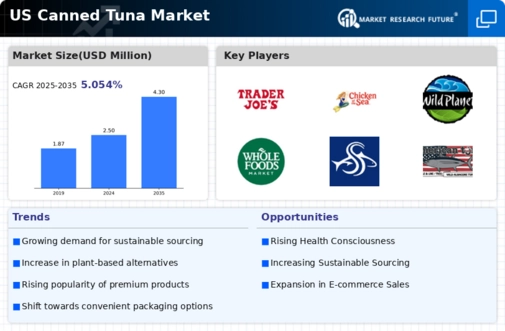
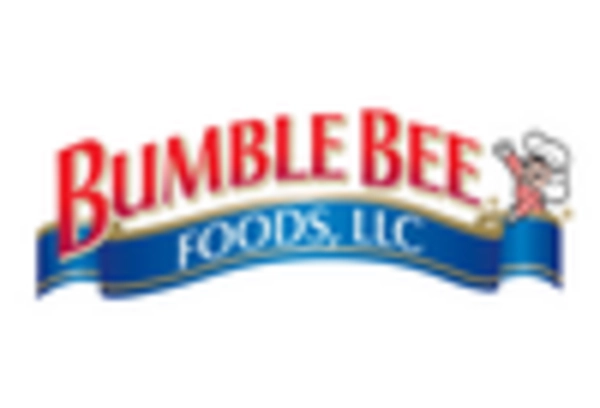
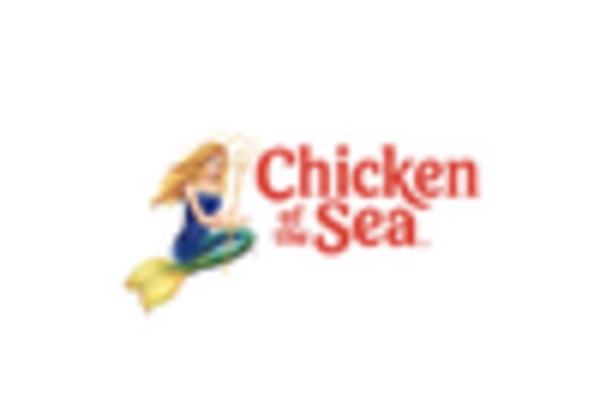

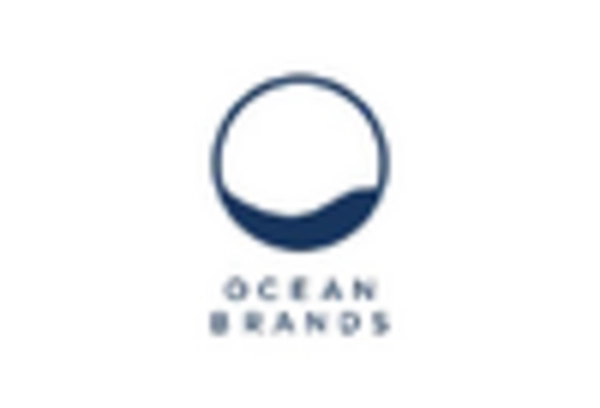
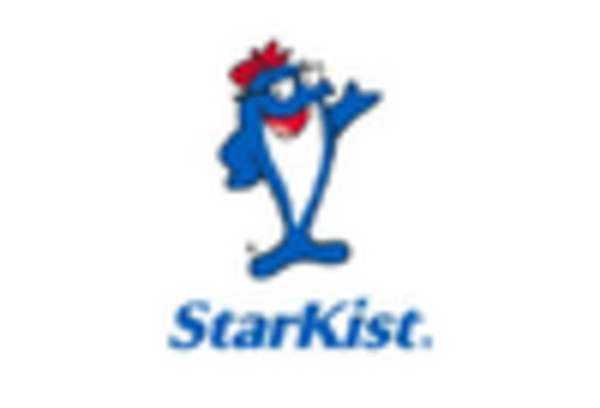
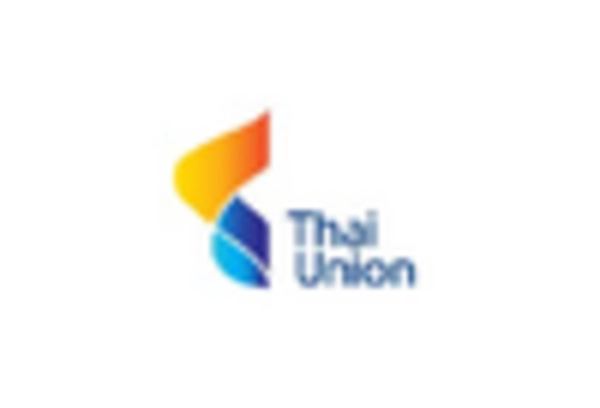








Leave a Comment